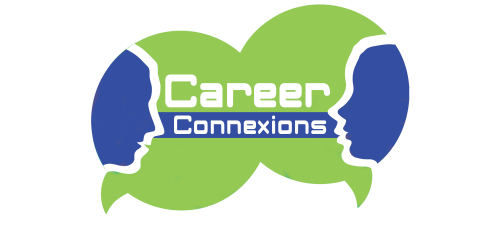For most people, deciding on a career is one of the most important, and even, difficult choices to make. It usually happens during the last year or two of high school. Studies have found that often, well before the end of high school, your experience before high school will have a big influence on what you choose as your career. So, it is worth starting this blog by presenting your general options after high school or giving you an idea of “what’s next” in a broader context.

The simplest option is whether you wish to start your career right after high school or do further studies. These days, some type of training is a minimum requirement even if you decide to start work as soon as possible. It can be as simple as training as a forklift operator that takes little time or money and will undoubtedly result in a job.
Should you opt for studies after high school (i.e., tertiary education) you have the choice between college or university. It used to be that college was for more “blue-collar” careers where you used your body and hands to get the work done (think millwright, mechanic, etc.) or generally procedural (e.g., chef, hotel manager, etc.). University was for “white-collar” jobs where you communicated ideas or findings (think account manager, corporate trainer, etc.).
Nowadays, “collars” are more blended, maybe making “no collar” a better term. The education system in Canada has adjusted to this reality by offering a 50/50 split between college and university over the same four-year period. It provides the benefits of both types of education – mind and body. This is a great development as it offers the best of both worlds! For “specialized” training, more university level training is needed which importantly means more time and money (e.g., teacher, doctor, lawyer, etc.).

Now that you understand the “learning landscape”, you are in a better position to see what and how you can go about making your career choice. You can follow the same four parts outlined in our previous blog: “A Process For A Successful Career Change”. A career choice is the same thing as a career change with the only difference that a “change” means you already have career experience and skills. The parts are:
Visioning: Something you do more than once keeping an open mind and taking note of what you see yourself doing as a career. You may have many options and try to avoid putting up barriers or coming up with excuses.
Backcasting: For choosing a career, this means thinking about the things you need to do to achieve your vision (e.g., post-secondary, certificate, etc.). You are at the ideal point in your life to do this, which relates back to what is written above on the “learning landscape”. You always need to know the “how” of reaching your career goal.
Groundtruthing: This is where you look at the courses, co-ops, even life experiences you’ve had and ask whether you are on the right track. It also includes an examination of whether you can successfully undertake and complete the various tasks to reach your career goal. Ideally, you should be doing this before you are approaching the end of high school. However, you will still have opportunities and time to do this even while you are in your post high school learning. A post-secondary program can be changed before you complete it.
Test Driving: A test drive is to gain experience, even skills, that directly support your targeted career goal. It may mean taking what you have after groundtruthing and going further with (more) volunteering for example. It may be helpful for you to look up job postings and connect with established professionals in your chosen career in much the same way a career-changer would do.
The “learning landscape” and the above four parts are very personal and perhaps more useful than other options available to you in choosing a career. Undoubtedly you know of and have done personality and/or job tests. These tests frequently misidentify or are too generic to provide you with any useful decision-making information. However, there are many people and information resources available to you while you are in high school and before you finish any post high school studies.
As mentioned, you are not locked into a career choice by choosing a program of study. You should however remain on top of where you are in setting up your career and making any needed adjustments along the way. Lastly, make sure you seek feedback and have someone with you along the way. You are most welcome to contact Career Connexions to share your situation and find out how you can get help!

